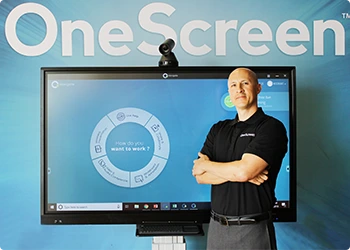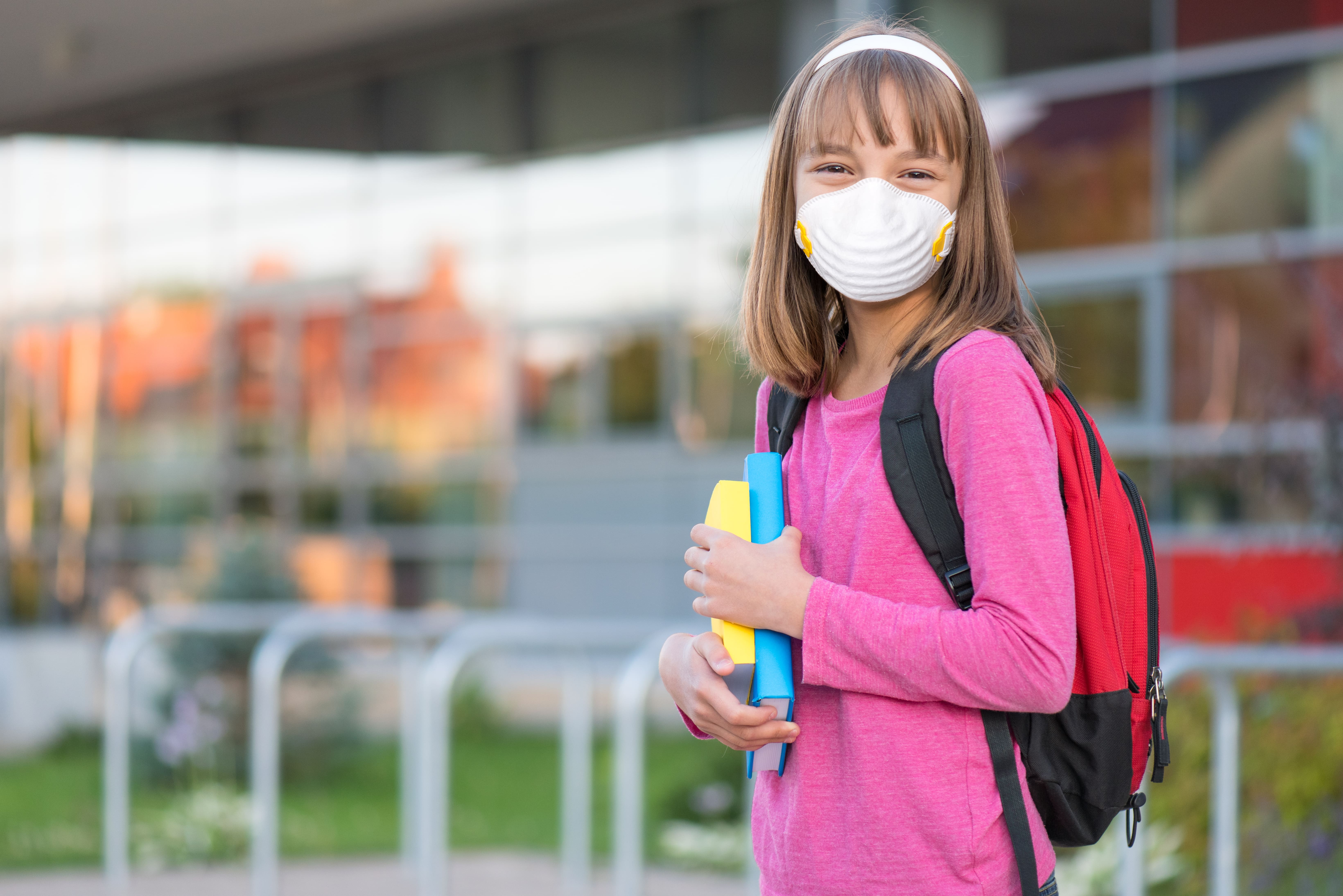
Big Changes for Back-to-School Students and Teachers
Before 2020, education tech was seen as a highly desirable tool for improving learning and performance. Now, it has become the centerpiece for schools trying to reach and teach their students as safely as possible. With the new school year rapidly approaching and reopening plans still in flux, there are patterns emerging in what the school day will look like for most US students, both in and beyond the classroom.
The "New Normal" of Education Includes Updated Safety & Software
Trend 1: Temperature checks
It has long been school policy in many districts that a child with a cold should come to school but a child with a fever must stay home until at least 24 hours after the fever has broken. That policy has now simply expanded to a 14 day quarantine, and many schools are installing thermal scanners at entrances to back up the home temperature checks by worried parents.
Watch a demo of the GoSafe thermal scanner with the most powerful processor available.
There are many types of thermal scanners used by schools with varying effectiveness, though. Studies of schools in Australia using handheld thermal scanners found that they may have missed more than half of sick children in schools, because the scanners returned a false negative or the students were infected but didn’t have a pronounced fever.
Trend 2: Pods of students
The traditional chaos of students mixing in the halls between classes would be a nightmare for contact tracing. Instead, many schools are assigning fixed “pods” of students that will take all of their classes together and stay in the same room as their teachers change. This way, if a student in the pod tests positive, only that group will have to quarantine as the rest of the students will continue on with their new learning schedule.
According to the Center for Disease Control (CDC), a pod is defined as “a group of students (and sometimes teachers) stay together throughout the school day to minimize exposure for students, teachers, and staff across the school environment.” This will look different based on curriculums and grade levels. For elementary students, the simplest answer may be to keep each pod in one room for most of the school day.
Trend 3: Hybrid learning programs
Pods alone won’t work for higher grades, however, where students break up into different specializations and learning levels. The answer many schools have settled on for the fall represents a hybrid mix of in-classroom and distance learning. For Indiana public schools, this means half of the students attend classes and the rest are online at home, then the schedule rotates to give everyone equal access. Other schools are assigning block schedules for two days a week and bringing in new education tech for online learning.
In any case, schools need to have plans in place for managing an easy transition between in-school learning and those learning from home due to scheduling or quarantines.
Trend 4: Online sports groups
Sports are one of the hardest hit areas of former school life. Even if teams could find ways to social distance on the field, the stands would be empty on game day. In states like New York, Vermont and Maine, the start of fall sports will be delayed, in some cases until the end of September. At that point, each district will be evaluated based on their COVID infection rates to determine next steps.
For schools in Iowa, although the baseball schedule ran through summer and is expected to continue in the fall, many games have been cancelled after a player or a coach tested positive for the virus. What everyone is trying to avoid is a repeat of what happened to a school in Illinois, where 36 students came down with coronavirus during a preseason practice session, delaying the start of academics for these students and putting the entire sports program in jeopardy for the year.
An alternative that is growing popular is a self-directed exercise based on shared videos. Coaches and team members have been recording their routines individually or in small groups. These videos are shared with the rest of the team to help them practice specific skills. This is only a short term answer until vaccines and treatments for COVID are more widely available and school sports can get back on track.
Trend 5: More medical/emotional support for students
School nurses were once considered essential staff members at public schools. Today, 60% or more of public schools don’t have a full time nurse and many don’t have one at all. That’s about to change this fall due to both the dangers of the virus itself and the psychological effects that it has had on children this year.
This summer the American Academy of Pediatrics made “a nurse in every school” part of their recommendations for a safe learning environment. Legislation in North Carolina is shaping up to be a model for other states, adding funding for nurses, social workers, counselors and psychologists across the state as part of the reopening plan.
A Learning Experience for Everyone
The simple truth is that no school district is fully prepared for what is coming in the fall as students, teachers and administrators must create a new normal on the fly. Fortunately, education technology software and hardware, such as advanced collaboration hubs for distance learning and scanners designed to keep students safe in school, have made dramatic advances over the past few years. The tools, like the students and educators, will have to evolve and adapt quickly to overcome this once-in-a-lifetime educational challenge.
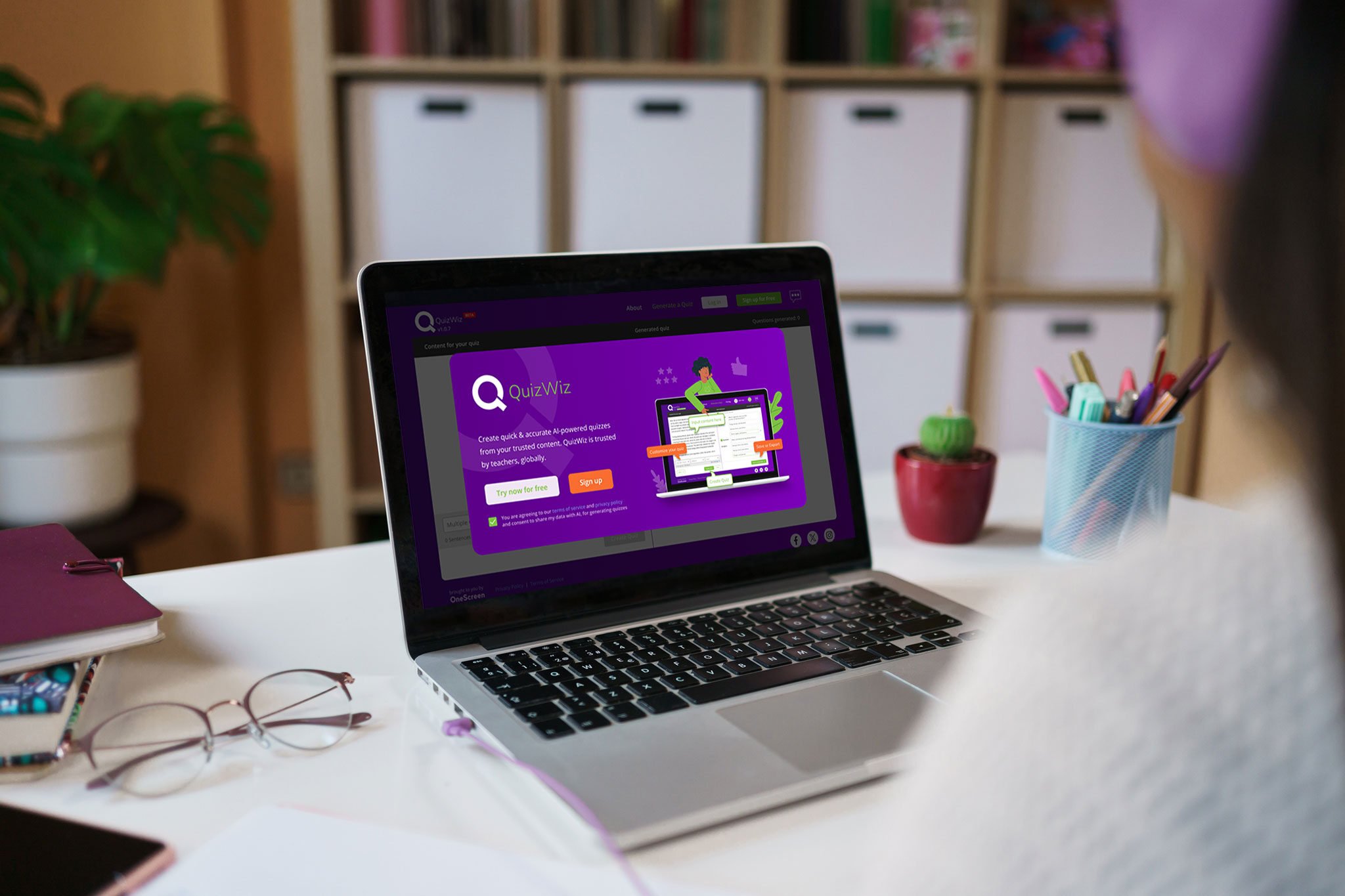

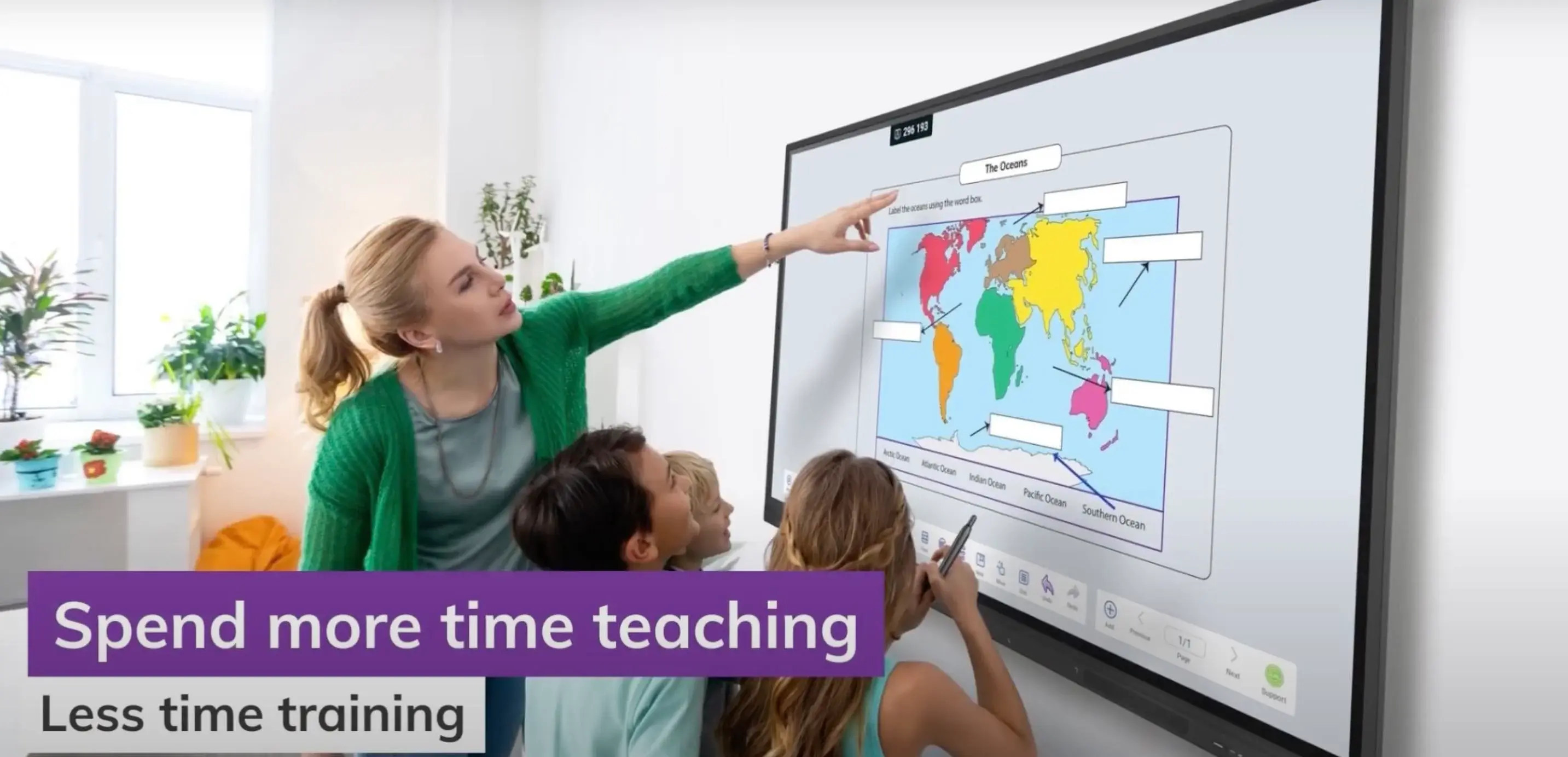
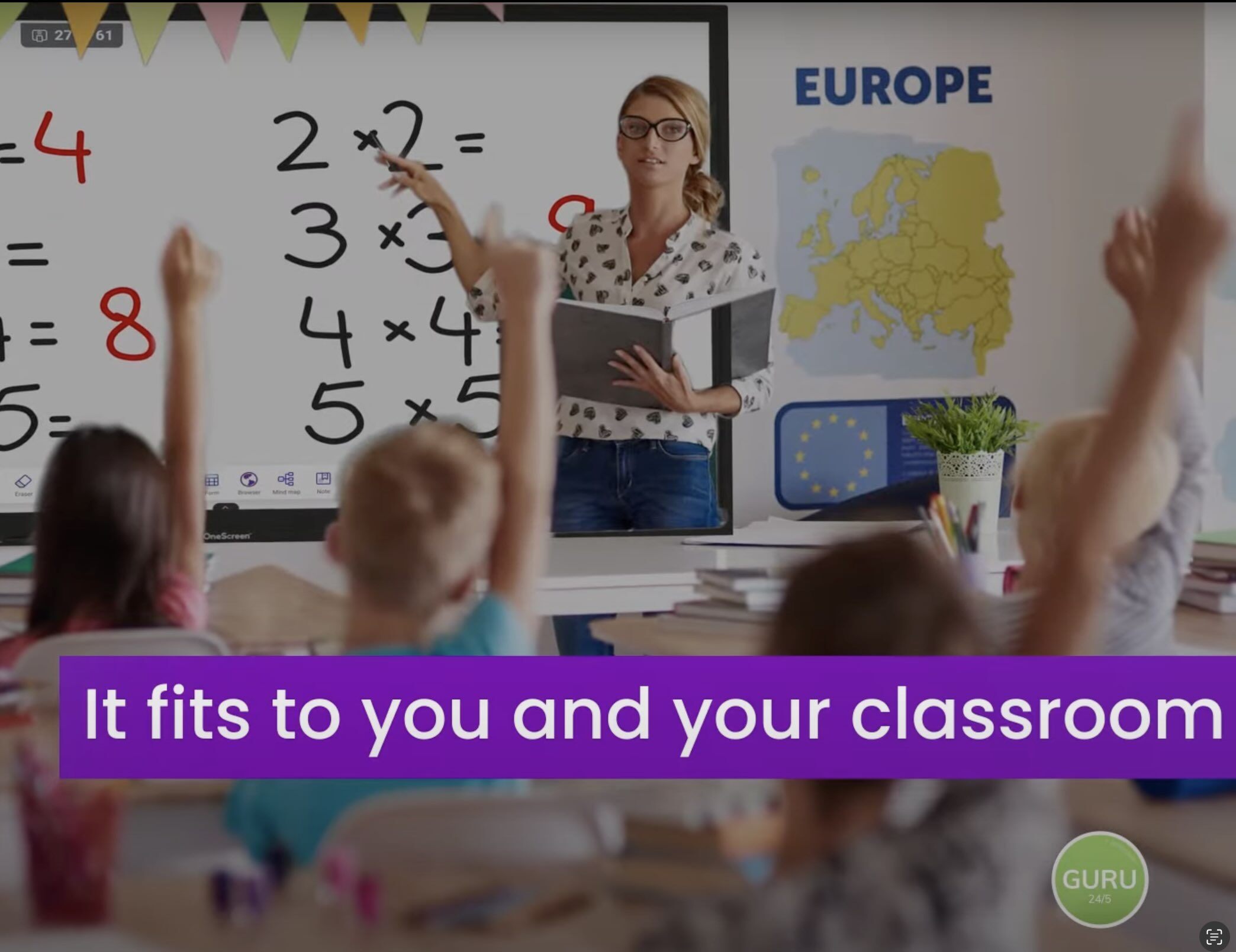
 Obtenga una demostración en vivo ahora!
Obtenga una demostración en vivo ahora!
